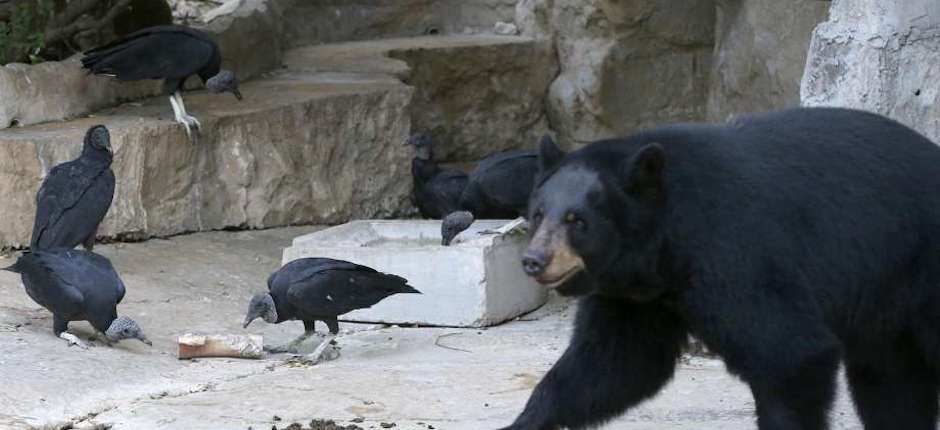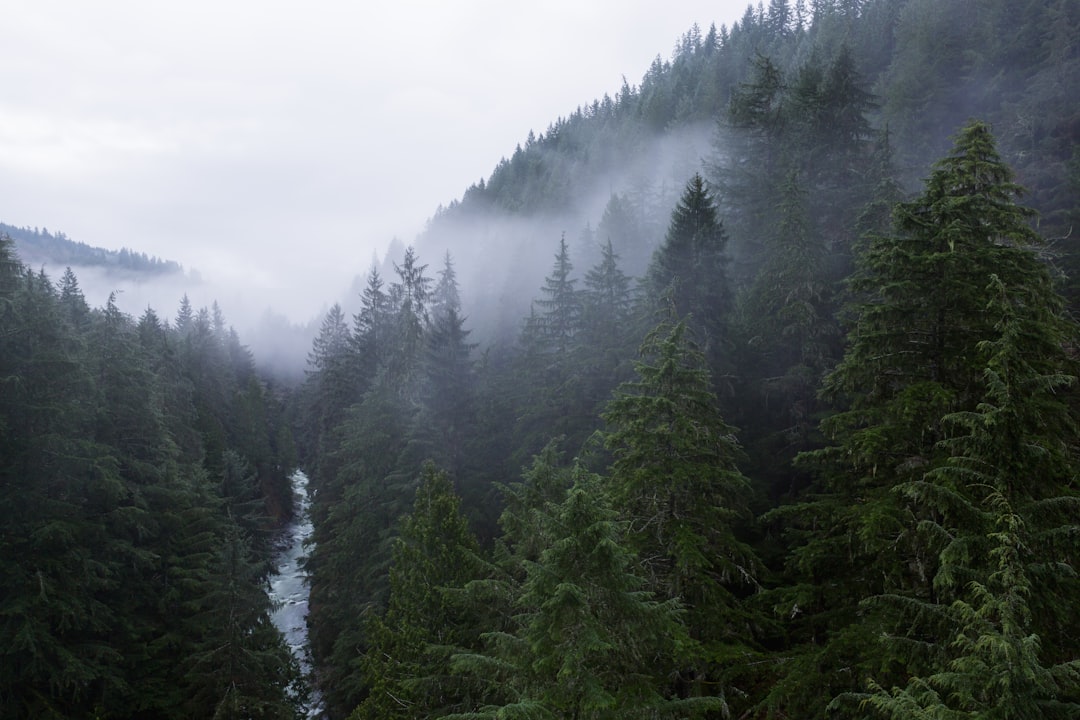Uninvited Vultures Coexist with Animals at San Antonio Zoo
These vultures are neither “invasive” nor “invaders.” They’re just wild animals filling empty niches created by human impact. It’s nature’s way—and they should be left alone.
NOTE: This post initially appeared on SAExpressNews.com on September 15, 2017
They weren’t invited, but they’ve made themselves right at home. Black vultures, eaters of carrion and roadkill, have taken up roost at the San Antonio Zoo.
On any given day, Coragyps atratus, the species’ scientific name, can be seen brooding over numerous outdoor exhibits, occasionally spreading their wings to bathe in the rays of the sun. They’re seen taking a dunk in the waterfall near the zebras, perched on the railing above a tapir or huddled together on a thick log a safe distance from a napping Sumatran tiger.
The sight of the birds with wingspans up to 5 feet has raised the eyebrows of more than a few visitors.
Sandra Walker sat with her sister Nancy McMurdie and husband, Stephen Walker, in the shade of the Savanna giraffe and zebra exhibit this week, shocked at seeing more than 100 vultures sunning on rocks, standing at cliff edges and splashing in the man-made waterfall. The trio from California, visiting San Antonio for the first time, said they thought the flocks were from the zoo’s bird aviary until they noticed the vultures in various parts of the park.
“They’re huge!” said Sandra Walker, 69. “I wasn’t expecting this, but it’s kind of cool.”
“We have them in California,” said Stephen Walker, 71, adding, “but not like this.”
Despite their reputation as a bird of prey, the black vultures don’t pose a safety threat to human visitors or the zoo animals, zoo Executive Director Tim Morrow said. He said staff cleans up the birds’ waste and limits the vultures’ access to walkways.
“We’ve done a good job of mitigating the effect on the guest visitor,” he said. “And that has to do with waste and things like that over pathways and guest areas. Other than that, we don’t have any issue with them roosting in the trees and over the water.”
While zoo officials and staff are unabashed animal lovers and wouldn’t normally choose one over another, the vultures are perhaps a little more welcome than the flocks of migrating egrets that filled the trees at the park in 2013. Their droppings over the Tiny Tots play area were so bad that it had to be closed for an extended period. When the vultures arrived last year, they displaced the white birds, pushing them into the trees of Brackenridge Park nearby.
“From land to sea, there are all kind of animals from outside,” Morrow said, “because it’s such a good environment for animals in our care. … Wild animals come inside.”
Morrow said the zoo is the perfect environment for the black birds. With the river running through the zoo, there’s a constant water source, and there’s usually some kind of sustenance around. But he said zoo care specialist teams have adapted how and when they feed carnivores so vultures don’t take the zoo animals’ food.
And while they seem to coexist fairly peacefully with most of the zoo inhabitants, the vultures don’t push any of the locals around. Zoo staff said they’ve seen the eagle and other animals chase the vultures out of open-air areas.
According to Josef San Miguel, the zoo’s director of aviculture, the black vulture is a scavenger that keeps the environment clean of dead, decayed animals. It has a normal migration pattern that spans from the U.S. to central Chile and Uruguay in South America. San Miguel said that in human-populated areas, the birds feed at garbage dumps. Black vultures are monogamous, staying with the same mate for many years, and maintaining strong, lifelong social bonds with their families, according to the Cornell Lab of Ornithology. The oldest one on record lived to be at least 25 years old.
Texas A&M AgriLife Extension’s Texas Breeding Bird Atlas reports that after 1920 there was an increase in the number of black vultures across the state. Ranchers were worried about the birds spreading disease or attacking sick or weak livestock, leading to the killing of thousands of vultures. Though there wasn’t any evidence that vultures caused disease, the birds were poisoned, trapped and shot until the early 1970s.
Today, the black vulture is a federally protected migratory species.
The vultures are part of an ongoing rotation of visiting wildlife, zoo officials noted. Morrow said there are projects where zoo school kids and volunteers track tadpoles as they turn to frogs. There are also the large number of ducks and other wild birds that are hard to tell apart from those that live at the zoo. Other winged visitors include bats and the annual migration of monarch butterflies that flutter over and across the zoo grounds.
Morrow said that when he tells officials at other zoos about San Antonio’s macabre guests, they say they’ve never heard anything like it.
“The vultures are unique to us,” Morrow said. “It’s just something we’ve adapted to and use as an opportunity to teach people about these birds.”



